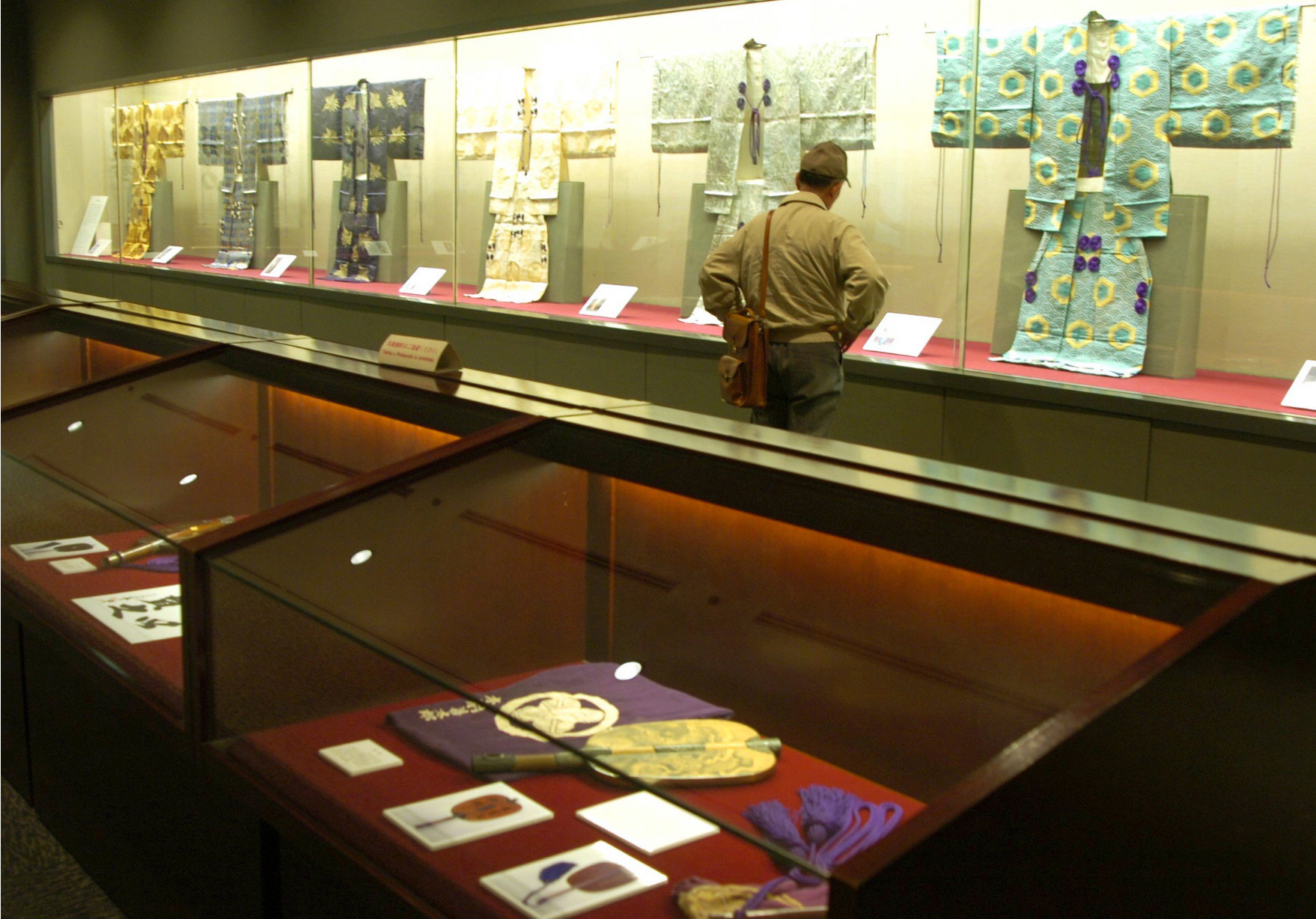It's no surprise that sumo, an activity hundreds (possibly thousands) of years old, has several museums solely dedicated to its history.
What is surprising however is just how small the official Japan Sumo Association one is.
Tucked away inside Ryogoku Kokugikan the museum consists of a single room roughly 20 meters in length with glass display sections on two sides. Portraits of yokozuna line a third wall and there is a small display case in the center of the room.
Able to hold only a fraction of the items that the JSA possesses, the museum gets around its limited space by swapping out everything on display every two months.
That, along with the fact that entry is free, makes repeat visits well worth it.
Open from 10 a.m.to 4:30 p.m. most weekdays, the museum normally chooses a topical theme for each exhibition. Currently it's the costumes of the gyoji (referees).
As the museum is inside the Kokugikan, during tournaments you'll need a ticket for that day's action to gain entry.
The Kehayaza museum in Katsuragi City, Nara Prefecture, is far more impressive.
A two-story structure with a full-size ring in the center, it has been used by Kisenosato, Takayasu and other rikishi both for training and demonstration events.
There are many rare and seldom seen artifacts among the 12,000 items the museum holds, making it a popular destination for school trips.
While situated in a far more remote location than the Kokugikan, a visit to the Kehayaza can easily be combined with a trip to the prosaically named "Sumo Shrine" a few kilometers away.
There you can stand on the exact spot where, in 23 B.C. the first sumo bout between Nominosukune and Taimanokehaya is said to have taken place.




